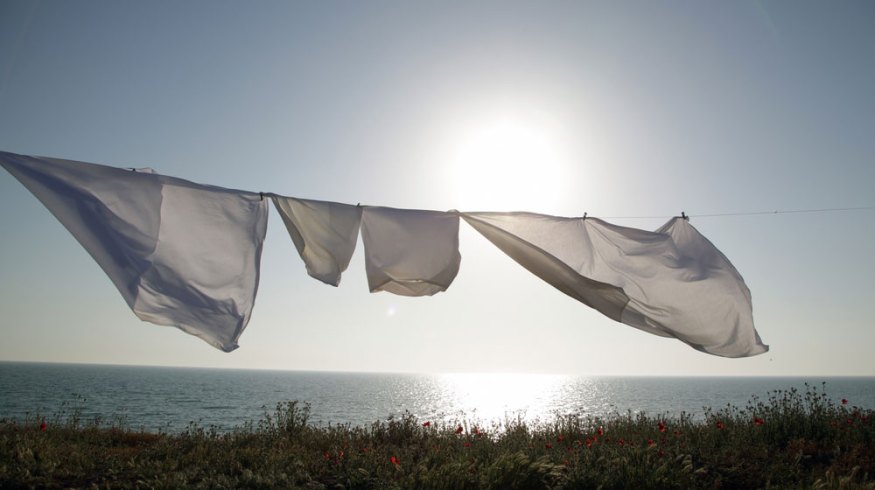
Are Bedsheets a Viable Option for Low-Budget Light Diffusion?
There’s nothing left in the budget, and you need to diffuse your lights. Can you use bedsheets?
I once spent the better part of a weekend researching anamorphic lens adapters and single focus attachments to use with my Ursa Mini setup. I discovered that my Sigma Art collection is too wide, sending me down another rabbit hole, searching for vintage lenses that would work well with the adapter. Meanwhile, I’m tallying up the price and wondering whether to rent an anamorphic set for the weekend or buy a fully functional anamorphic lens, without the need of several adapters and clamps. But, in the end, the price of both far outweighed the necessity of getting the anamorphic look just for my passion projects. So I needed a workaround.
And that’s usually how it goes for no-to-low budget filmmakers. We need Equipment A; however, because it’s too expensive, we settle for Equipment B, which partially, but not exactly, replicates Equipment A. So why would you pay ten times the cost for something when a $10 alternative does the same job? The question is Does it really do the same job?
Diffusion, flags, and light-shaping instruments are often left in limbo on filmmakers’ wish lists because after purchasing a decent set of lights, it can be daunting to shell out $200-$500 on basic silks and flags. So, it’s common to take the DIY approach and use other materials.
Thus the bedsheet quandary.

Image via Ljupco Smokovski.
Fire Safety
First and foremost, let’s talk fire safety. Bedsheets are not fire treated, and they could quickly fall into autoignition if you place them close enough to a hot Fresnel. Of course, this is not to say that using bedsheets is inefficient. Even esteemed DP Roger Deakins has used them to soften direct sunlight hitting the windscreen of a car. However, it’s wise to know the practicality of using bedsheets and the hazards accompanying such choices. There are tons of rules that you can break to save money, but there are risks and consequences to doing so. Be vigilant.
How Much Light Diffusion?
There are plenty of reasons why you should use professional diffusion materials. You can purchase diffusion at specific strengths — 1/4, 1/2, 3/4, Full-Stop, and so on. These materials are specifically designed to attach to a frame, so you don’t have to hang them from a C-stand or tape them down, and they come in multiple sizes. Aside from size and frame factor, the most critical component to consider is how much light needs diffusing, as bedsheets come in different thicknesses and fabrics.
Of course, we could take a light reading of the subject, followed by a reading with the bedsheet in position. But, if you don’t have the budget to buy a silk, it’s unlikely you’ll have the budget to buy a light meter. But as there’s no textbook on which bedsheets work best. You could find yourself setting up fixtures to hang the sheet and diffusing too much light — or even too little.
Over time, the sheets will start to thin in the middle from general use, and as a result, the fabric will be less dense in the center and thicker toward the outer edges. This will result in a diverse spread of your light. Sheets will also pick up bits of fluff, muddying your light spread.
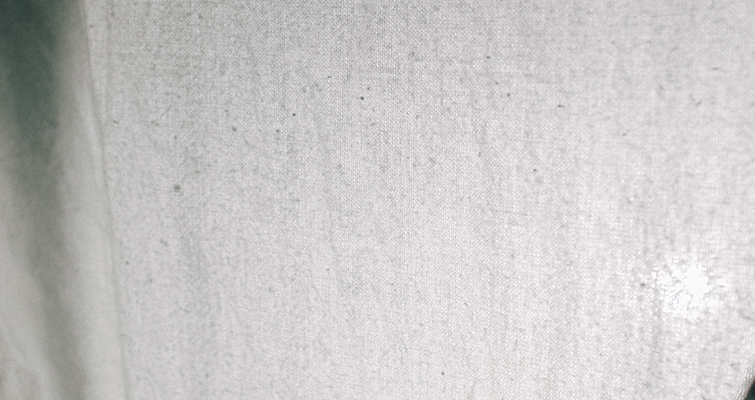
Rogue Color
Silks, scrims, diffusion sheets: whatever you call them, they are designed to only affect the concentration of your light, not its color. Bedsheets are not as effective; as a result, diffusing a 5600K LED Fresnel through a white sheet may produce unwanted colors. Let’s look at an example.
In this image, the subject is lit with an Aputure 120D, which is then diffused with a 3/4 scrim. The camera has been balanced correctly, and the skin tones are natural.
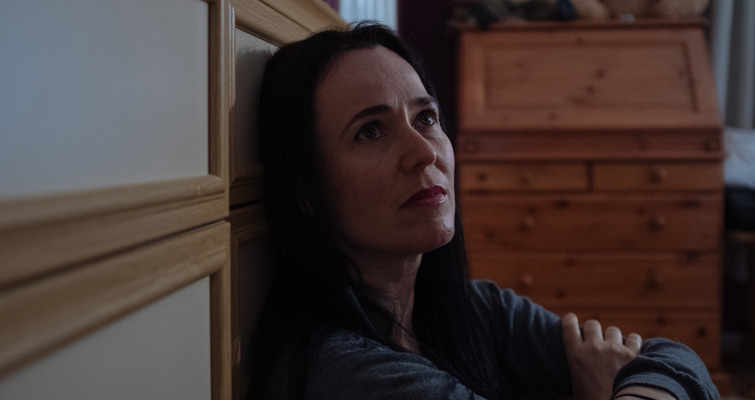
In this image, the subject is being diffused with a brand new bedsheet.
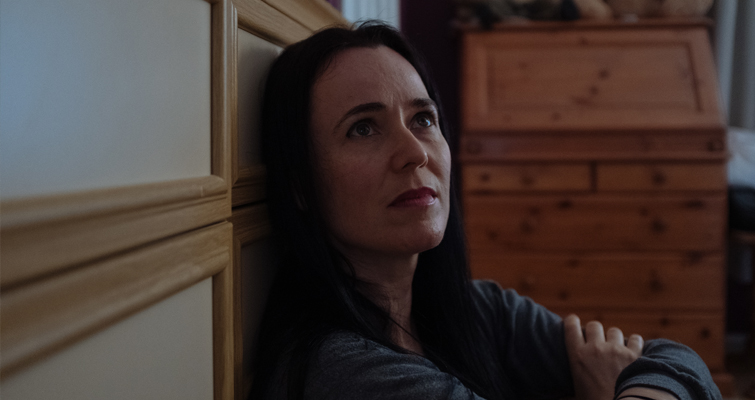
Initially, you may not notice a difference. However, when we increase the scale, you can see a slight variation in the bedsheet diffusion (left) — there’s a slight yellow tint.
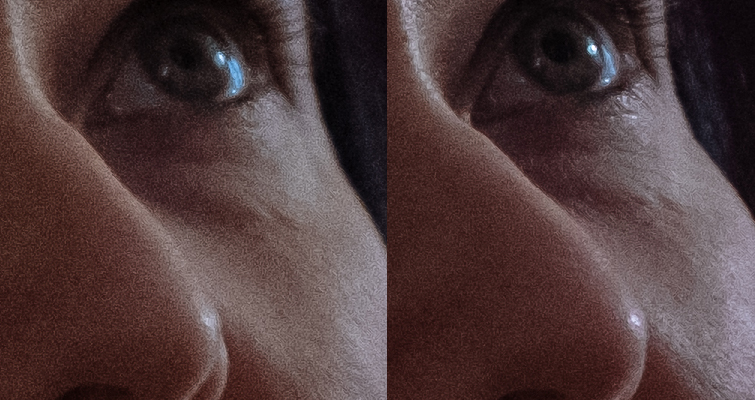
Honestly? This is me being pedantic, because it’s an easy fix. In post-production, a simple correction will resolve the color cast, sending us on our way. However, when you start to get a mixture of different light sources, which have the same CRI, a rogue color cast like this can start to cause trouble.
Last Trick
If you have no budget, and the issues above are causing problems, there’s another low-budget option — shower curtains. Polyester shower curtains, as you can see in the video below, offer a practical solution without some of the limitations of using bedsheets.
Cover image via Volkova Vera.
Looking for more filmmaking tips and tricks? Check these out.
- BREAKING: SmallHD Releases New 7″ FOCUS Monitor with 1000 Nit Brightness
- DIY Filmmaking Tips: Building a Heavily Diffused $50 Light
- Industry Spotlight: Working as a Production Assistant on Set
- Increase Your Production Values with Simple Costume Design
- Streamline Your Film or Video Project with an Assistant Editor






